Jean Prouvé, the designer builder
French engineer and builder who was born in Nancy, France, on April 8, 1901, and died there on March 23, 1984, Jean Prouvé was most known for his contributions to the art and science of prefabricated metal construction.
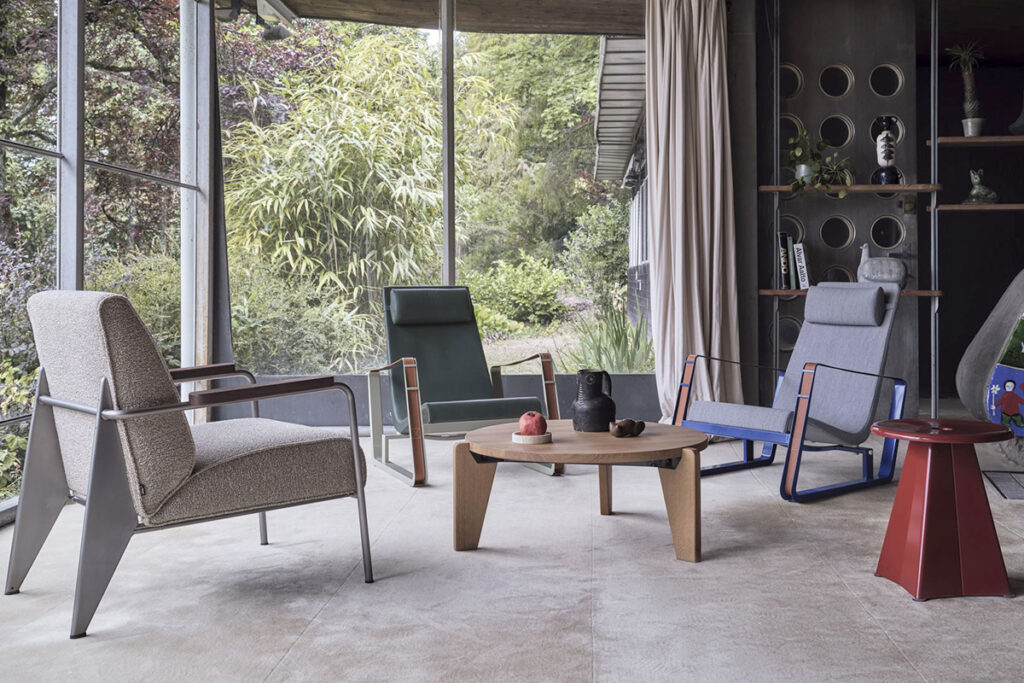
Prouvé, a trained metalworker, ran a workshop for the creation of wrought-iron artifacts from 1922 to 1954. He placed an emphasis on cutting-edge metalworking methods and was especially interested in the creation of furniture and architectural elements.
His early works of note were the Maison du Peuple in Clichy, France, and the clubhouse at Buc Airport (1937–1939), both of which used metal panels as curtain walls (1938–39).
A few experimental homes, a school, and the headquarters of the Federation of Building Industries in Paris (1947–1951) are examples of Prouvé‘s dedication to the concept of prefabricated building components.
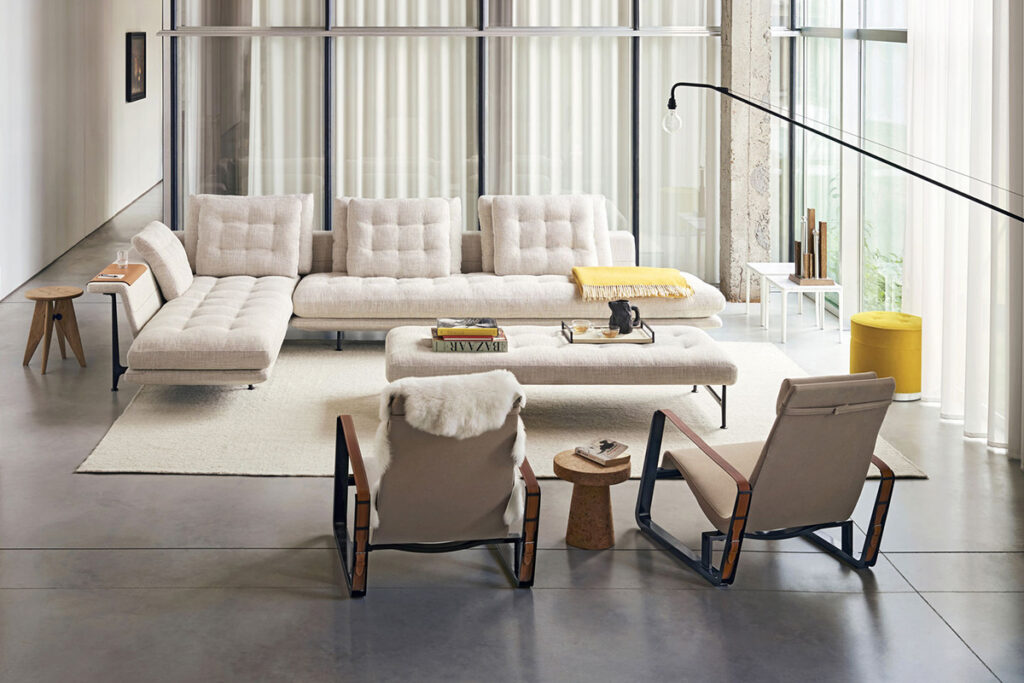
The Meridian Room of the Paris Observatory (1951), the Exhibition Hall in Nanterre, France (1956–58), and the Church of the Sacré-Coeur de Bonnecousse in Mazamet, France (1959–60) are just a few of the stunning designs he produced as a result of his remarkable command of construction technology.
Prouvé invented innovative structural methods that would make it possible to construct structures quickly and affordably using prefabricated parts while still maintaining the aesthetic quality and uniqueness of the design.
From 1958 to 1971, Jean Prouvé served as a professor at the Conservatoire National des Arts et Matières, also known as the School of Arts and Crafts. He was chosen in 1972 to join the Paris Academy of Architecture. Here are a few of his creations currently published by Vitra:
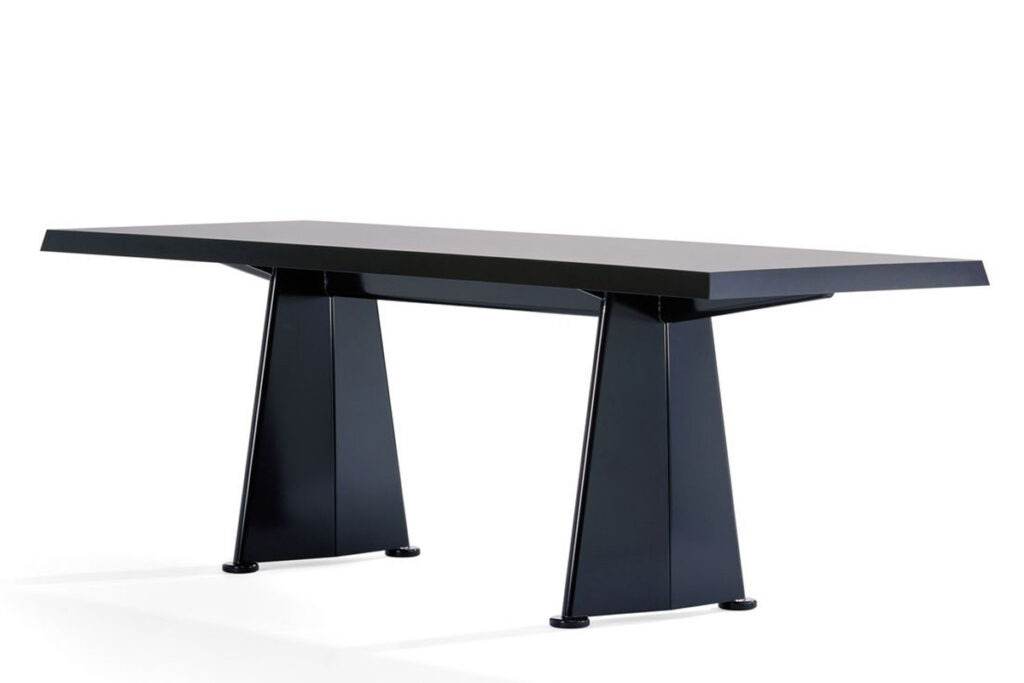
Trapèze
The Trapèze table was initially created by Jean Prouvé for the Cité Universitaire in Antony, close to Paris. The table’s name and distinctive style were both inspired by the trapezoidal shape of the sheet steel legs.
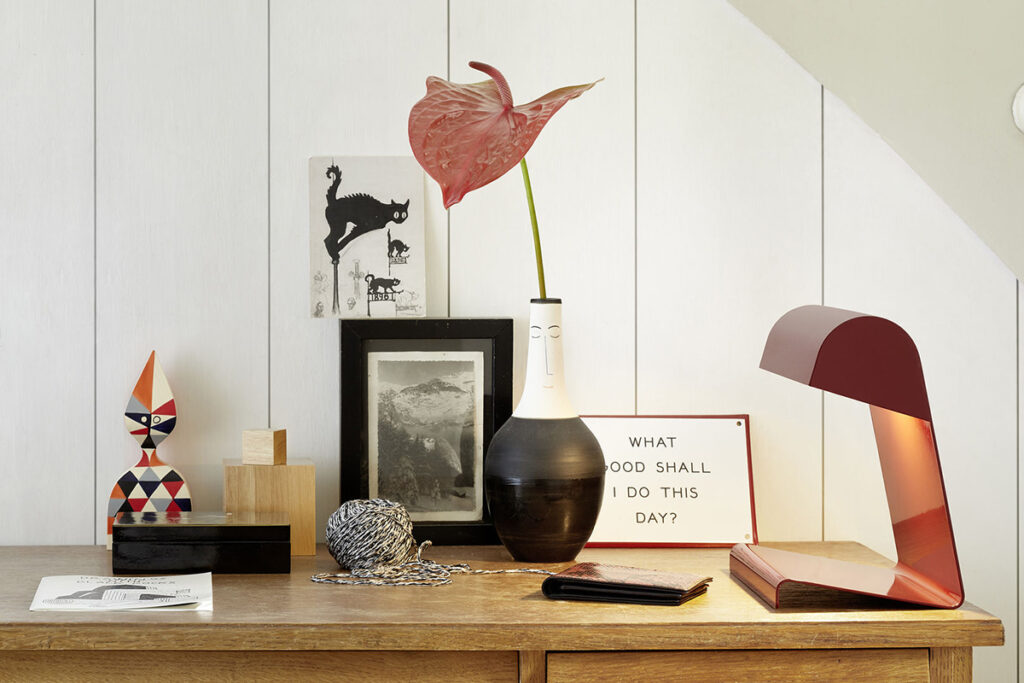
Lampe de Bureau
The Lampe de Bureau (1930), a compact table lamp made of sheet steel, was created by Jean Prouvé for the residential halls at the Cité Universitaire in Nancy.
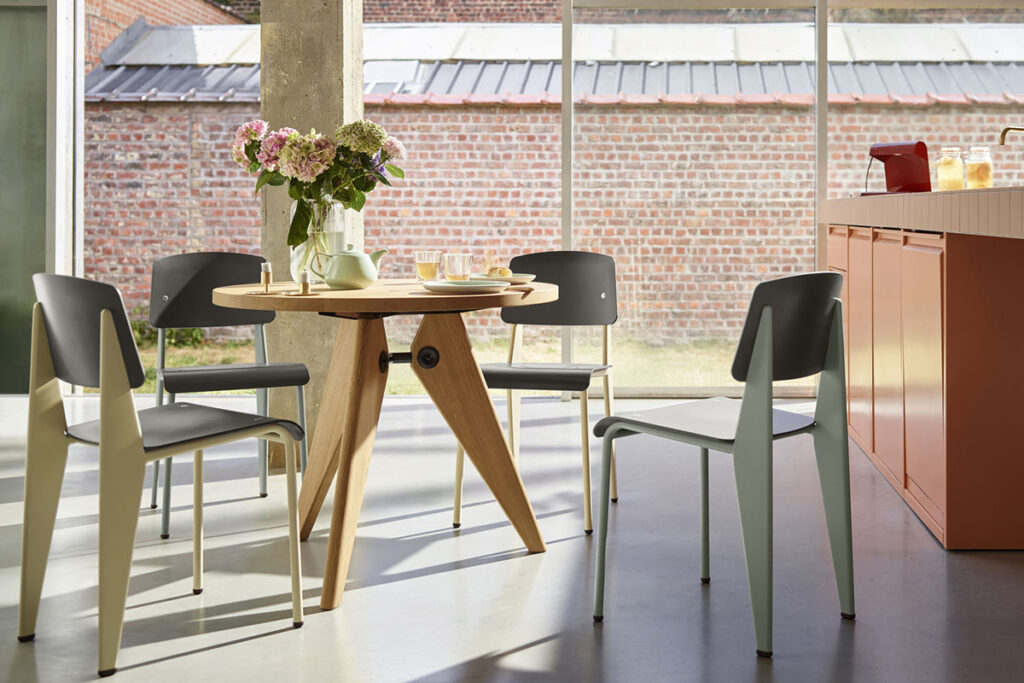
Standard SP
By revisiting Prouvé‘s iconic Standard chair without changing its design, Standard SP (Siège en Plastique) creates a link between the past and the present. The seat surface and backrest of Standard SP are made of durable plastic, giving it a modern appearance.
There was an increased interest in employing novel techniques and materials for the mass production of furniture during the years following World War II (1939–1945). The salons of the Société des arts décorateurs were sponsored by producers of materials like formica, plywood, aluminum, and steel.
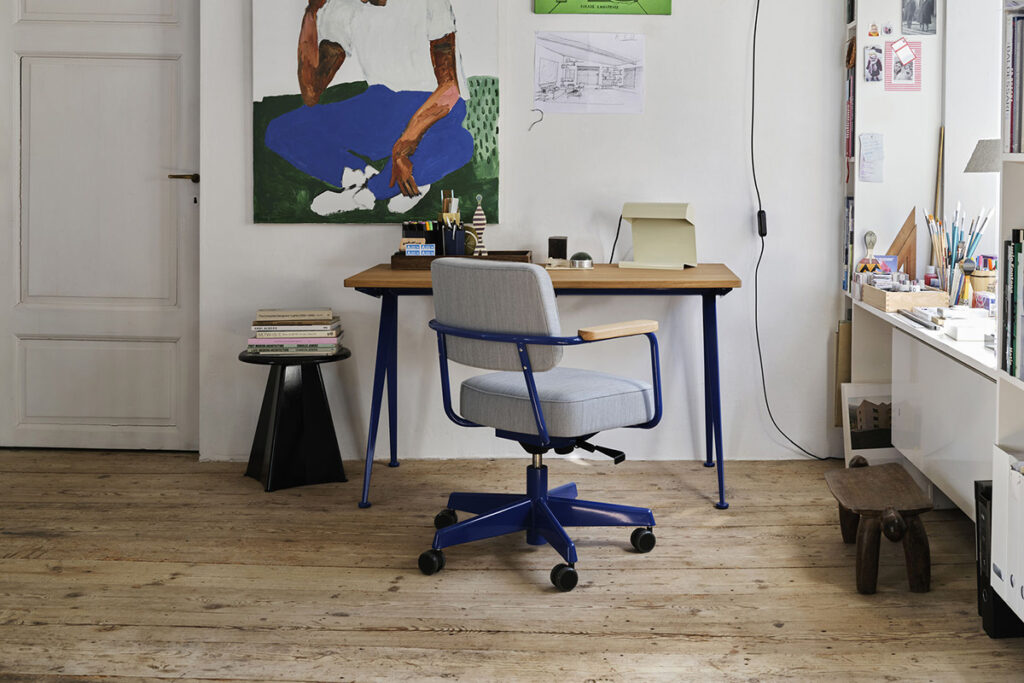
Jean Prouvé, Pierre Guariche, René-Jean Caillette, Joseph-André Motte, Charlotte Perriand, Antoine Philippon, and Jacqueline Lecoq were among the designers who displayed their experimental work at the salons during this time.
In 1947, Prouvé constructed the Maxéville factory, where he produced furniture and conducted in-depth architectural research on the uses of aluminum.
Steel portal frames serve as the structural core of the Ferembal Demountable House (1948), which was created as the offices of the eponymous tin goods manufacturer.
In 1949, Prouvé and his brother Henri were awarded a contract by the Ministry of Reconstruction and Urbanism to construct a 14-lot subdivision at Meudon, just outside of Paris, to showcase their prototype lightweight prefabricated metal building system.
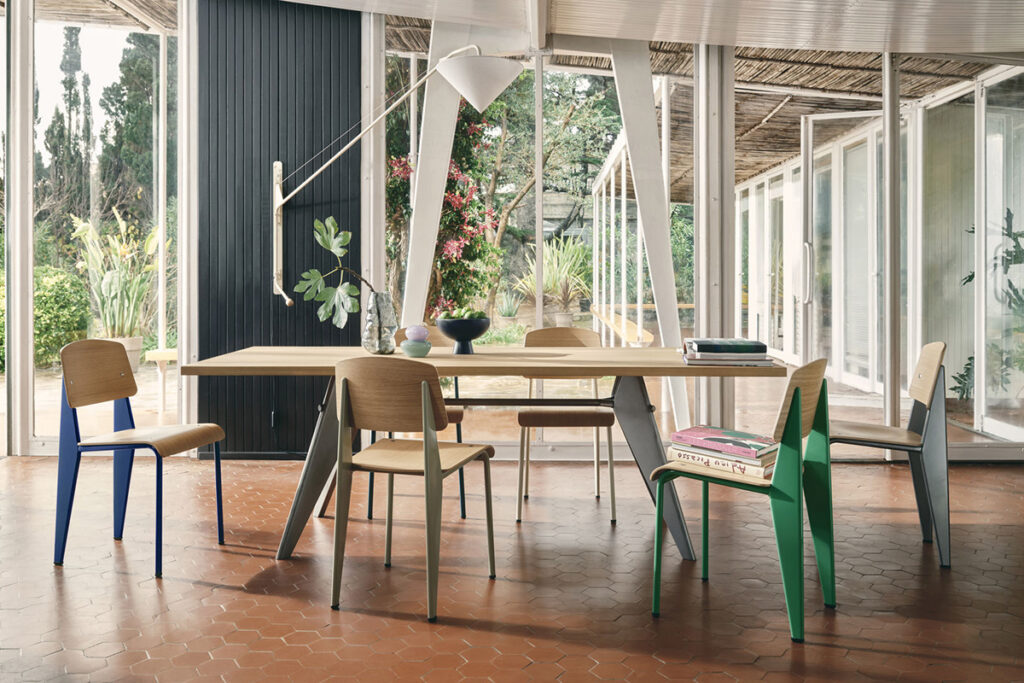
Prouvé gave lectures at the Paris Conservatoire des Arts et Métiers from 1957 to 1970.
The building for the Ministère de l’Éducation Nationale (1970), a metal skyscraper structured around a sizable internal patio, which was to be constructed at La Défense, was the most ambitious project he worked on during the last years of his life.
Prouvé presided over the jury in charge of selecting the architect for the Centre Pompidou in Paris in 1971. He was a key factor in how Richard Rogers and Renzo Piano chose their winning project, along with fellow panel member Philip Johnson.
1984 saw his passing in Nancy.

